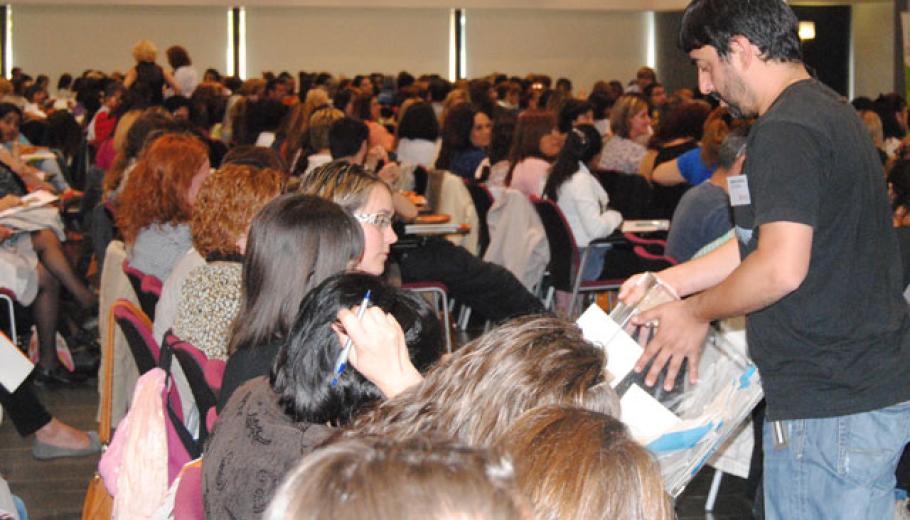Often, perhaps too often, we are surprised when we see cooperative projects in which the number of members exceeds a certain number. Looked at objectively, everyone sets it according to his/her reality, often unique, that he/she has lived.
You feel that there are many or not very well-founded affirmations that indicate that with many people it is not possible to participate, that the cooperative projects must be small, local, close. You feel that after a certain size, everything loses meaning.
The attraction of this legal formula, of the cooperative, is its flexibility and adaptability to different realities. What is important? I believe that the key to this model lies in the fact that each cooperative company ends up drawing as its members want it. There must be a collective imaginary of the company want their partners / as.
This collective imaginary, built jointly and mostly shared, must be present in the different spaces and moments of the cooperative. It must breathe.
Each cooperative must know how to adapt to this collective imaginary. The cooperative that in the imaginary is drawn as small, local and/or very specialized must be able to be. The one that chooses to be bigger, to provide more services, must also be able to choose its space.
Making a simile with soccer, there must be neighborhood teams, village teams, city teams, country teams and world teams, as well as the different leagues they play in (in our cooperatives, the markets where they are present).
The difficulty lies when the small team wants to be big, or the big team wants to be small. F.C. Martinenc can not aspire to sell shirts on the Ramblas or around the Sagrada Familia, nor Barça can aspire to have their players / go down the street without raising a high expectation, but no one doubts that both F.C. Martinenc and F.C. Barcelona are two great soccer clubs with more than 100 years of history.
Tomás Llompart. People Area Director of Suara Cooperativa



